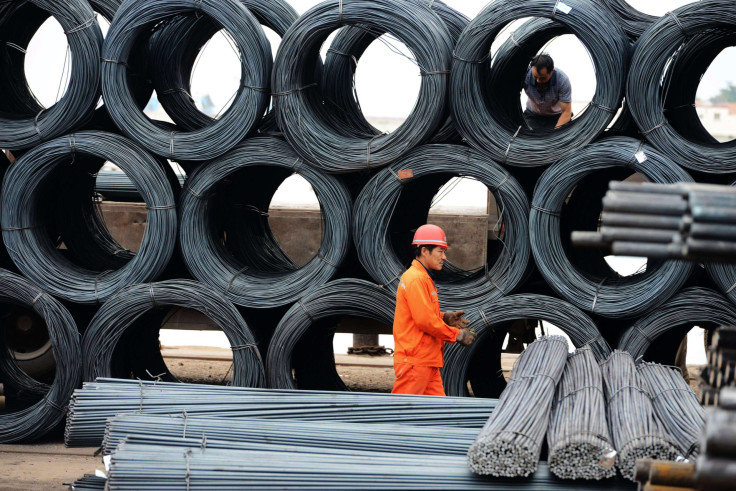China Manufacturing Activity Fell In May As Trade War Continues

Activity in China’s key manufacturing sector unexpectedly slowed down more than expected in May, falling victim anew to the increasingly ruinous trade war with the United States.
The official Purchasing Managers’ Index (PMI) for May, a manufacturing indicator closely watched by investors worldwide, dropped to 49.4, or lower than the 49.9 anticipated by economists polled by Reuters. April’s reading was 50.1.
A PMI reading above 50 indicate expansion. A reading below 50 signals a contraction in manufacturing.
The official non-manufacturing PMI for May was 54.3, which remains similar to April’s.
The most stunning decrease was in the new orders index that measures domestic manufacturing activity. This plunged from 51.4 in April to 49.8 in May.
Analysts said the contraction in new orders means domestic manufacturing activity has been affected by the trade war and the technology war being waged by the U.S. against China. The trade war is seeing export-related domestic activity like packaging materials being slowed by fewer exports. On the other hand, the damage to China’s telecommunication companies such as Huawei has slowed down their production in China as they foresee weaker global sales.
“The official PMIs suggest that growth remains under pressure, consistent with our view that there are still some downside risks to near-term activity,” said Julian Evans-Pritchard, senior China economist at London-based economics consultancy, Capital Economics.
He said in a note to investors the fall in the headline manufacturing PMI number was mostly driven by weaker new orders. The sharp fall in export orders suggests the latest U.S. tariff hike for Chinese imports has weakened foreign demand for Chinese goods.
The PMI for April fell to 50.1, a decrease from March’s 50.5, and below the median expectations of a poll of Bloomberg analysts that predicted an unchanged reading of 50.5. Two successive months (April and May) of weakening PMI underscores the battering China’s economy continues to take from the trade war, say analysts.
“The slight decline in PMI this month is a normal adjustment,” said the China Federation of Logistics and Purchasing in response to the April PMI reading.
“Market supply and demand growth declined slightly, but still at a relatively good level, external demand tends to improve, corporate procurement continues to expand, and market price structure is optimized.”

PMI is a survey of businesses about a country’s operating environment. PMI data is widely seen as an authoritative first glimpse into an economy working. It’s usually among the first major economic indicators released each month.
In China, the official PMI typically surveys a large proportion of big businesses and state-owned enterprises.
© Copyright IBTimes 2024. All rights reserved.




















